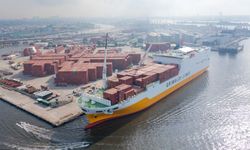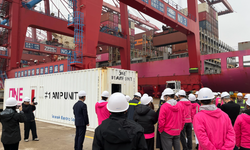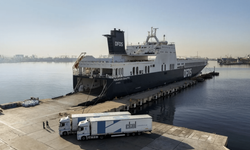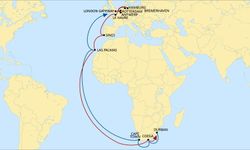In the midst of escalating conflicts in the Gulf of Aden, the maritime world is pondering the nautical mile difference between the Cape of Good Hope and the Suez Canal.
Approximately 15% of the world's seaborne trade, including 8% of global grain, 12% of seaborne oil, and 8% of liquefied natural gas, traverses the Red Sea, according to the US. The historical significance of the Suez Canal and the Cape of Good Hope as vital trade routes connecting Europe and Asia has endured for centuries, influencing global trade patterns.
These two routes present unique advantages and challenges, turning the decision between them into a strategic choice for maritime transport. Let's explore the disparities and analyze their impact on shipping.
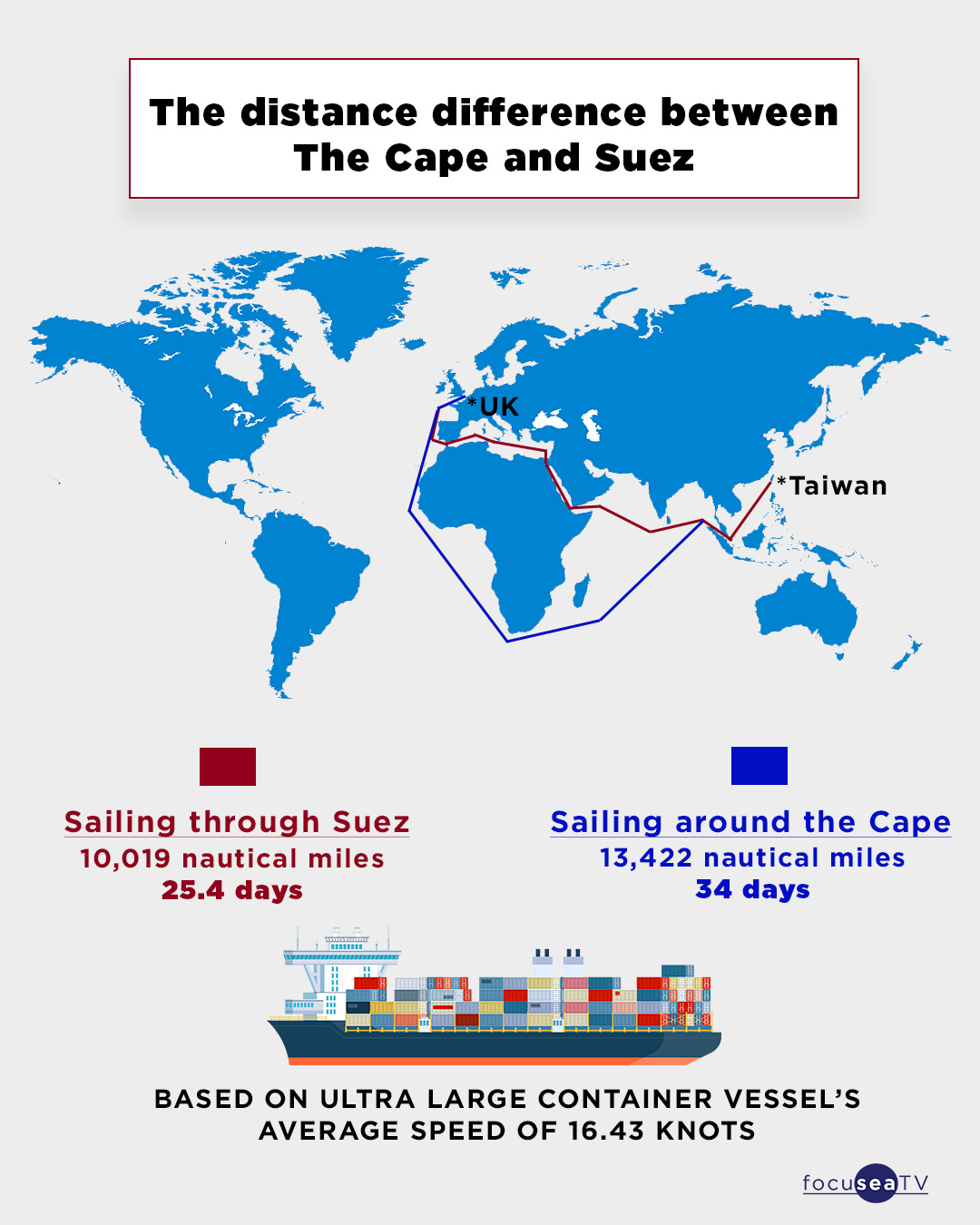
The Suez Canal, spanning 10,019 nautical miles and taking 25.4 days to sail through at an average speed of 16.43 knots, competes with the Cape of Good Hope, which covers 13,422 nautical miles and requires 34 days for the journey.
Amidst heightened tensions in the Red Sea, shipping companies are diverting their vessels away from the Suez Canal, opting for the Cape of Good Hope.
However, the potential benefits for ports in South Africa remain uncertain, as they grapple with substantial congestion and logistical challenges.

